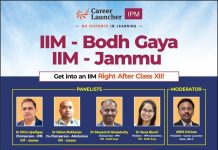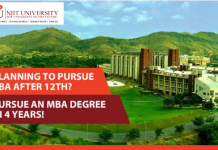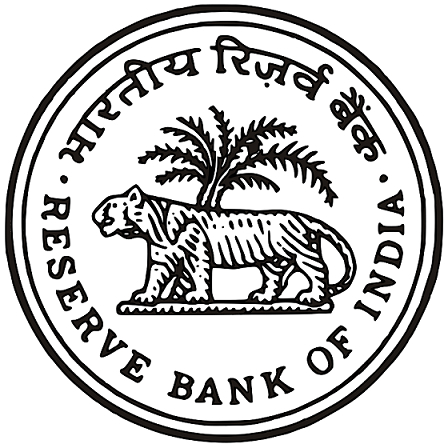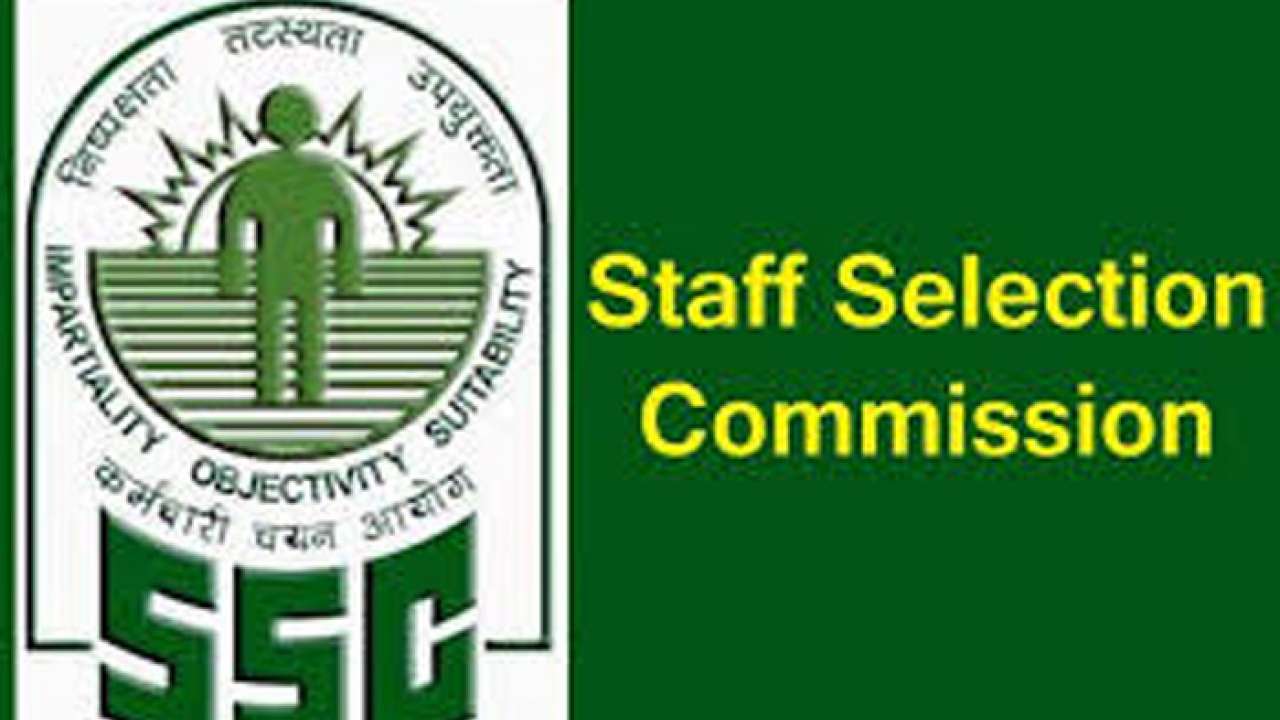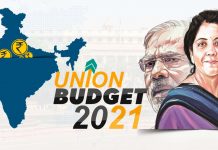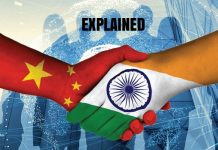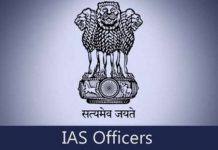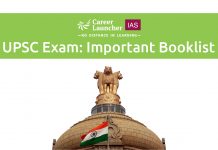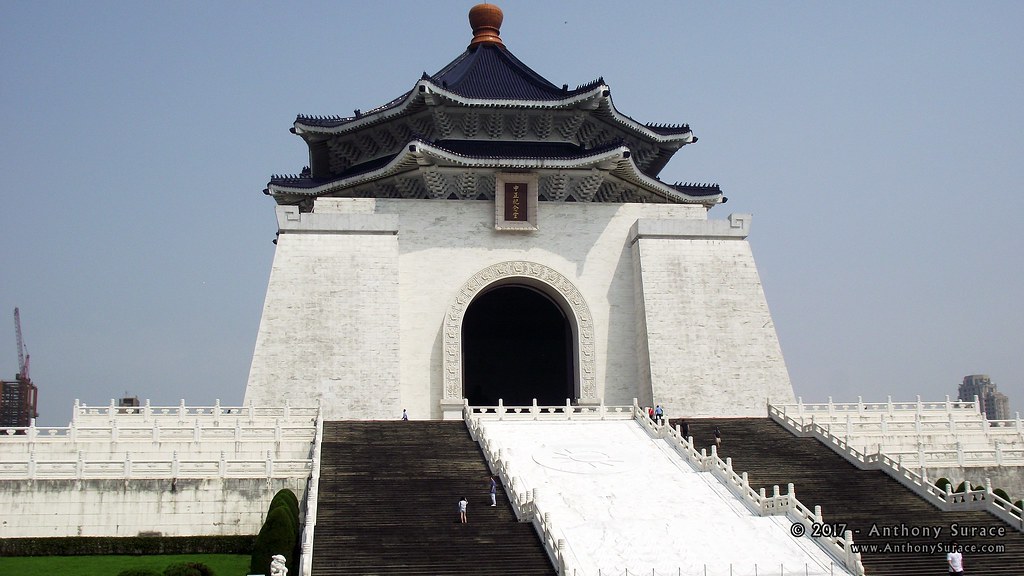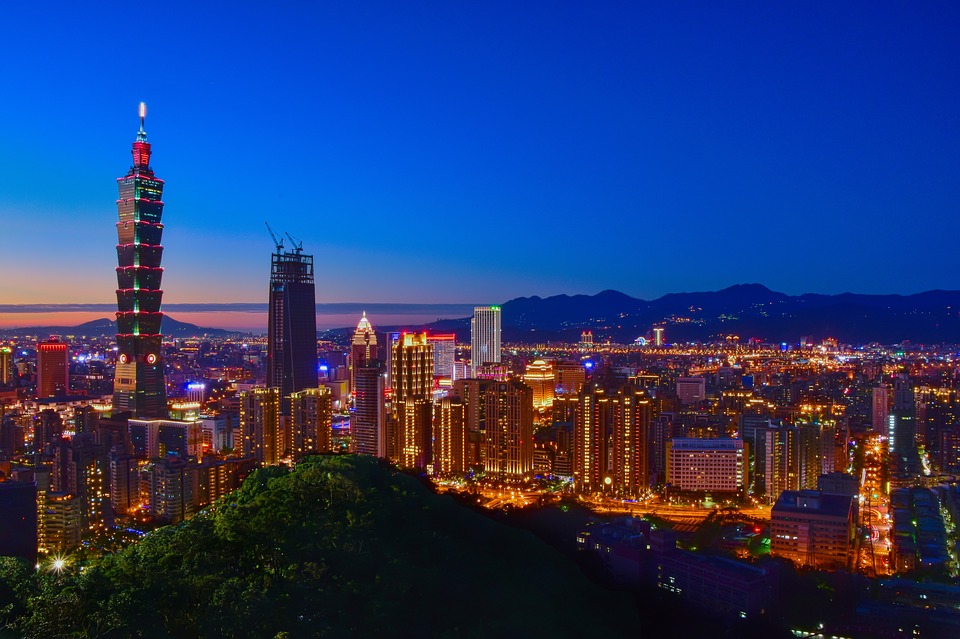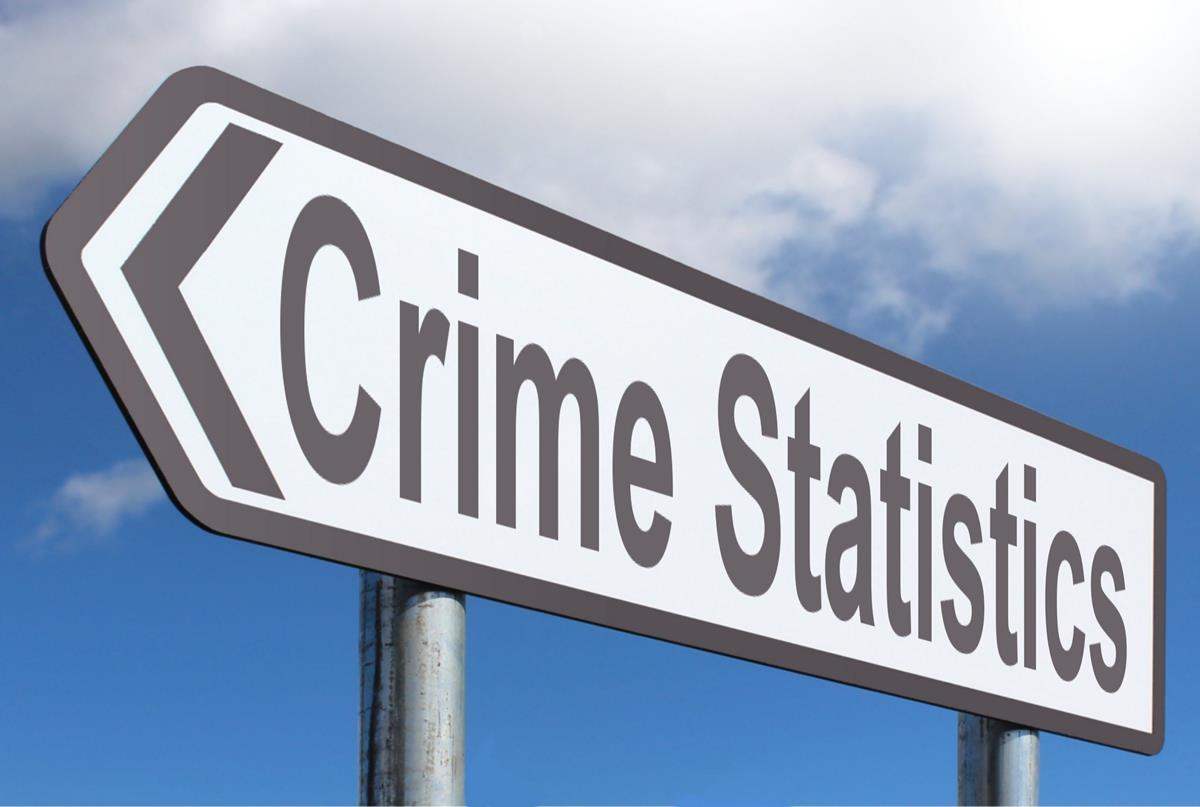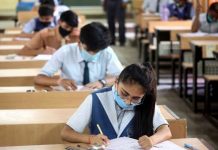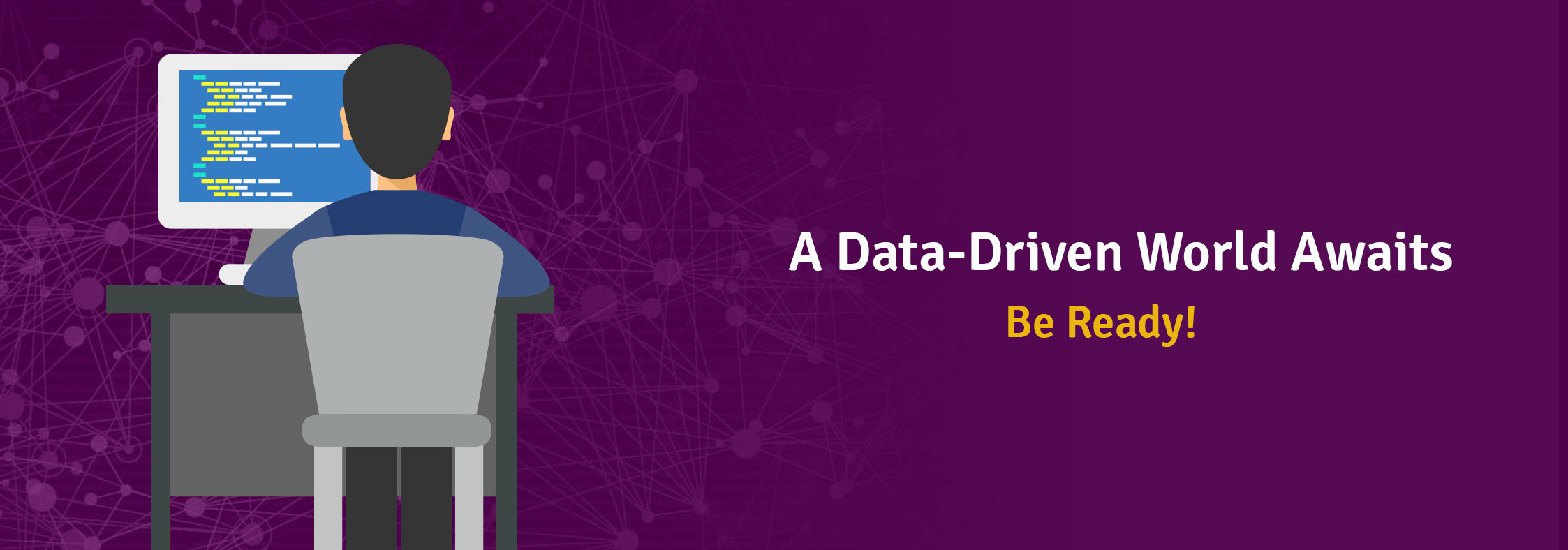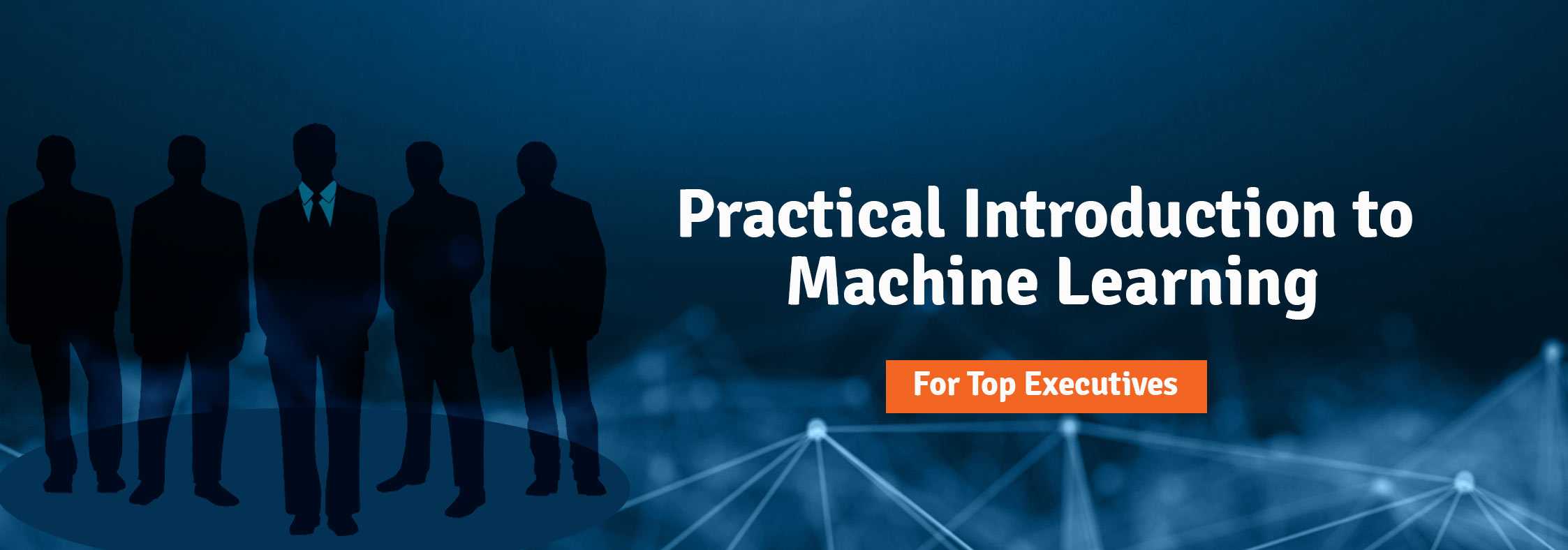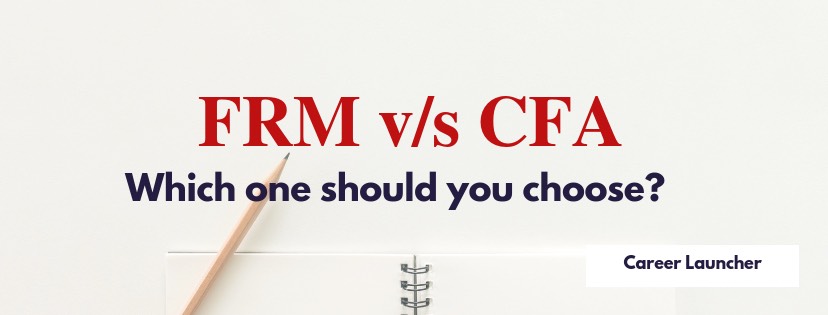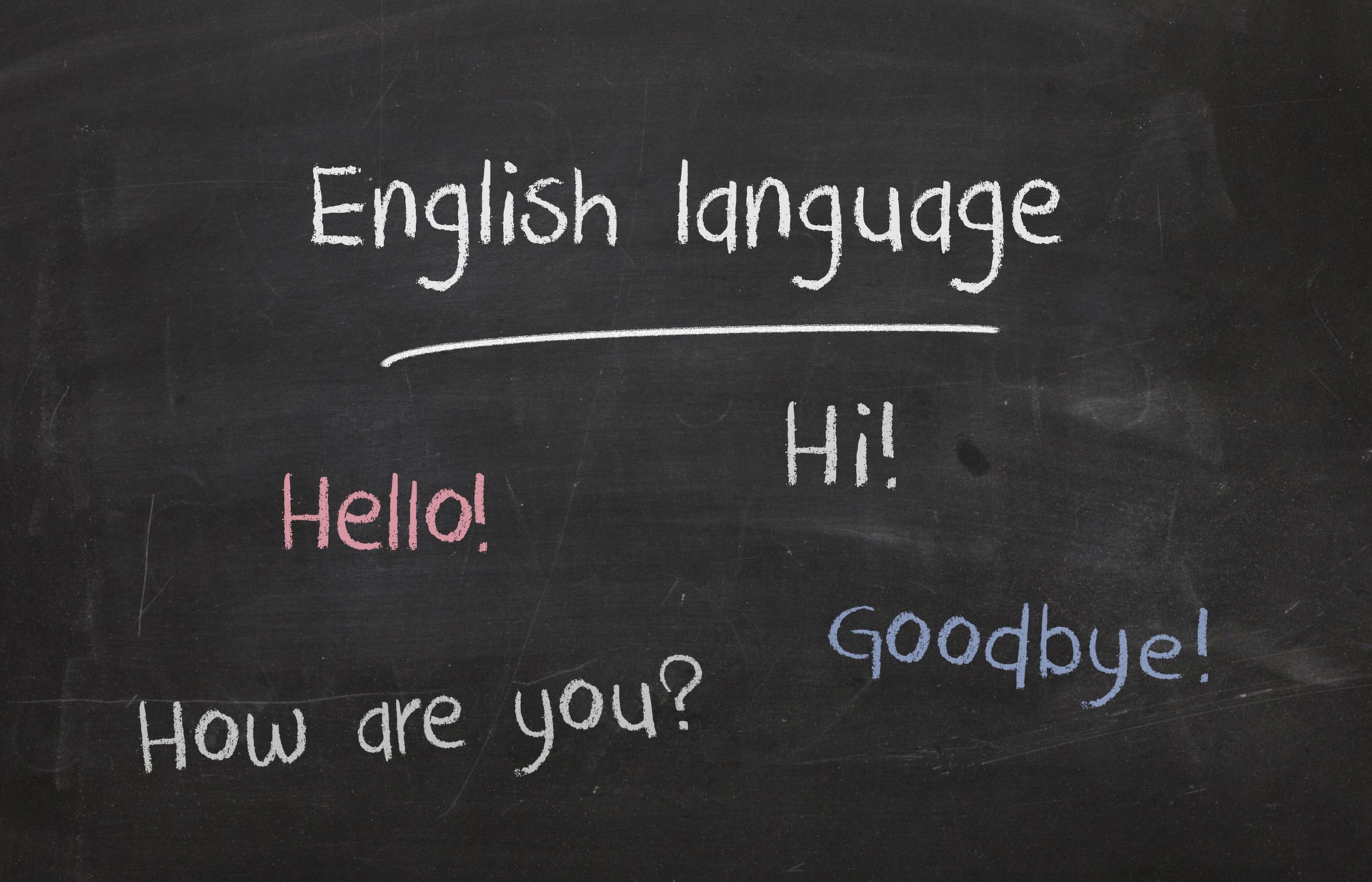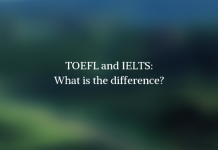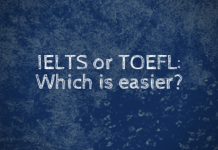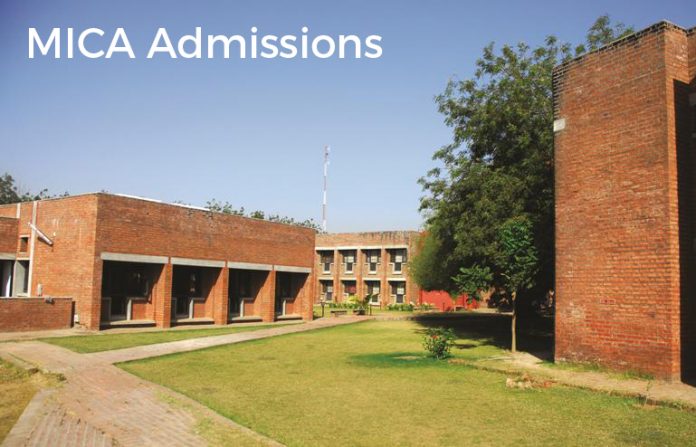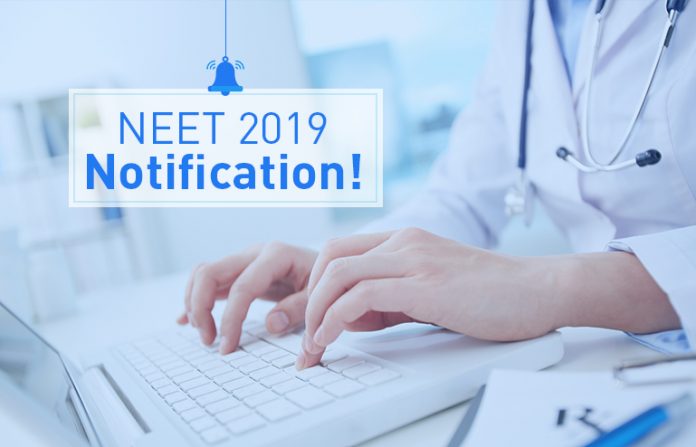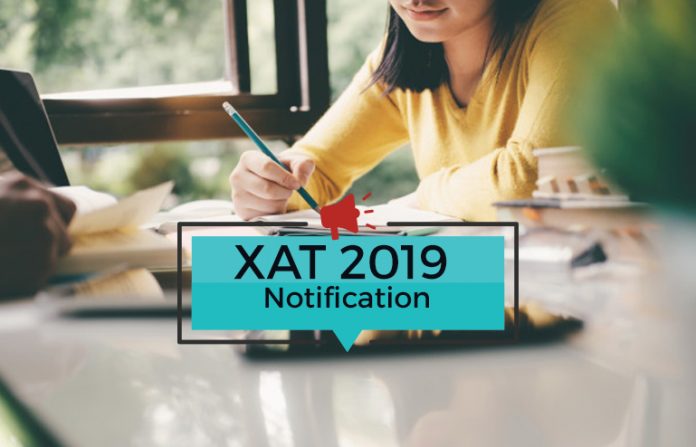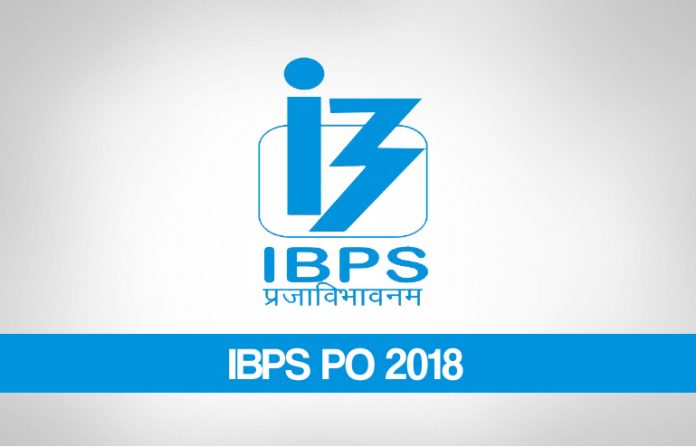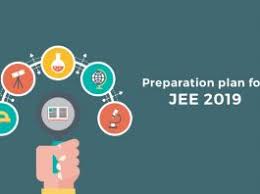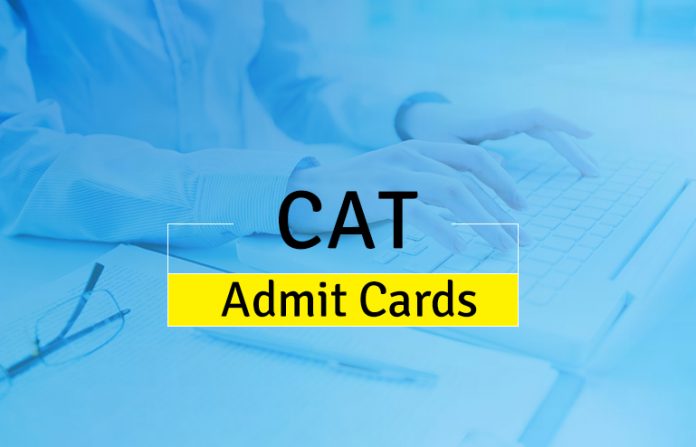The constitution of India reads, “India, that is Bharat, shall be a Union of States”. However India as a union is not a new concept.
According to the authors of ‘Advance History of India’, this name and the sense of unity which it denotes, “was ever present before the minds of the theologians, political philosophers and poets who spoke of the thousand yojans (leagues) of land that stretches from Himalayas to the sea as the proper domain of a single universal emperor.”
During the medieval times, the Muslim rulers also considered the Indian landmass as one country and made efforts to capture all its parts. Nature has also bestowed a geographical unity by consolidating the Himalayas in the North and oceans in the other three sides of the country and thereby completely separating India from other countries.
The monsoon regime emphasizes the unity of India with the rest of the southeast Asian region. The Indian landscape, its animal and plant life, its entire agricultural calendar and the life of the people, including their festivities, revolve around this phenomenon. Year after year, people of India from north to south and from east to west, eagerly await the arrival of the monsoon. These monsoon winds bind the whole country by providing water to set the agricultural activities in motion.
In the religious sphere as well despite the manifold diversity, a sort of unity has prevailed amongst the various religious sects in the country. Cultural unity amidst various diversities is found in India in spite of differences in language, religion, dress and manners; Indian culture is overall homogeneous. Although India possesses a variety of languages, it has still enjoyed a linguistic unity. The scripts of the various languages used in India also possess a certain amount of uniformity. The literature produced in different Indian languages also possess an element of unity.
India is the birthplace of many philosophical systems of the world. The Vedic philosophy, the philosophy of the Sankhyas, Yogas, Advaita Vedantins, Buddhists, Jainas, Saivas, Shaktas etc. vary in many respects from each other. Buddha, Mahavir, Sankaracharya, Ballavachaiya, Nimbarka, Kabir, Nanak, Sri Chaitanya, Nizamuddin Auliya, Eknath, Tukaram and many other saints preached their philosophy. Monotheism and polytheism have been preached in this subcontinent. However, the ultimate aim of every philosophy is to lead a life full of bliss and happiness, the concept of Nirvana, Moksha, Mukti etc. or the life in this world and the other are certainly other aspects of each philosophical system.
Constitutional framework of Indian Unity
While India is described as ‘Union’, its constitution is federal in structure. According to Dr B R Ambedkar, the phrase ‘Union of States’ has been preferred to ‘Federation of States’ for two reasons: one, the Indian Federation is not the result of an agreement among the states like the American Federation; and two, the states have no right to secede from the federation. The federation is a Union because it is indestructible. The country is an integral whole and divided into different states only for the convenience of administration.
Some of the features of Indian constitution that provide more power to the union over states are:
- Single citizenship, integrated judiciary, the dominance of bureaucracy, and uniformity at the top levels.
- A review of the division of powers in the Indian constitution clearly shows a strong bias in favour of the Union Government and several limitations on the autonomy of state Governments. For example, during the proclamation of a national emergency, the union government can legislate on the subjects in the state list and can control the executive powers of the state government.
- It is not only during an emergency that the Indian constitution becomes unitary in character. Even in its normal working, the union Parliament can reorganize the states or alter the boundaries by a simple majority vote, even without the consent of the legislature of the state so affected.
- In case there is a conflict between a union law and a state law, the union law will prevail.
- The state governors are appointed by the President.
However, the Union of India doesn’t necessarily imply a unitary government in India. The Supreme court in Keshavanand Bharti case has hailed Federalism as a basic feature of the Indian constitution which can’t be destroyed.
Some prominent federal features enshrined in Indian constitution are as follows:
Supremacy of the Constitution: This is one of the federal features of the Indian constitution. The supremacy of the constitution means that both, the Union and the State Governments, shall operate within the limits set by the Constitution. Both the union government and the central government derive their powers from the constitution. The Constitution of India is a written constitution and is one of the most elaborate constitutions of the world.
Rigid Constitution: The constitution of India is a rigid constitution and this is one of the basic features of the federal constitution. The procedure for amending the Constitution in a federal system is normally rigid. Indian Constitution provides that some amendments require a special majority. Such an amendment has to be passed by a majority of total members of each house of the Parliament as well as by the two-thirds majority of the members present and voting thereon. However, in addition to this process, some amendments must be approved by at least 50% of the states. After this procedure the amendment is signed by the head of the state i.e; the President. Since in India important amendments can be amended through this procedure Hence, the Indian Constitution has been rightly called a rigid constitution.
Division of Powers: In Indian constitution, the powers of state and centre are clearly defined and there are very clear limits of both the centre and the state for lawmaking powers. Our Constitution enumerates three lists, viz. the Union, the State, and the Concurrent List.
Supremacy and Independence of the Judiciary: The supremacy of judiciary is another very important feature of a federal state where there is an independent judiciary to interpret the Constitution and to maintain its sanctity. The Supreme Court of India has the original jurisdiction to settle disputes between the Union and the States.
Impediments to India acting as a Union of states
States’ dissatisfaction with the Central government
The real working of the Constitution in all these years after Independence shows that the Centre has grown stronger day by day and that the States have become just like administrative units of the Centre. They have not been able to work freely and independently. The Centre has been changing the boundary of the existing States from time to time in which the consent of the concerned States was not regarded as necessary.
The role of the Planning Commission had also been contributing to the strength of the Central government in financial matters. The Planning Commission exercised control over the working of the State governments and thus reduced the position of the States to the units of local administration in a unitary system of government. This distribution of economic resources is considered lopsided and has led to charges of discrimination against States ruled by an opposition party.
Even during normal circumstances, the central government has very effective financial powers and responsibilities. In the first place, items generating revenue are under the control of the central government. Thus, the central government has many revenue sources and the States are mostly dependent on the grants and financial assistance from the centre.
The role of Governors has always been a controversial issue between the States and the central government. The Governor is appointed by the Central Government and therefore, actions of the Governor are often viewed as interference by the Central government in the functioning of the State government. One of the most controversial articles in the Constitution is Article 356, which provides for President’s rule in any State. This provision is to be applied when ‘a situation has arisen in which the Government of the State cannot be carried on in accordance with the provisions of this Constitution.’ It results in the takeover of the State government by the Union government.
The centre has often used this provision to dismiss State governments or has used the office of the Governor to prevent the majority party or coalition from assuming office. For instance, the central government removed elected governments in Andhra Pradesh and Jammu and Kashmir in the decade of 1980s.
Narrow Regionalism
Regionalism is not merely inspired by primordial factors like caste, perhaps the most significant among these, are the prevailing economic conditions of the different regional communities. The process, however, acquired caste overtones in the South, while In the North, it was expressed either in the Hindu-Muslim-Sikh antagonism or linguistic animosity.
The demand for secession from the Union is the most serious form of regionalism, which even poses a serious threat to the national unity. A few examples are the demand of Sikhistan, the Mizo demands in Assam, etc.
The regional tendencies in India have manifested themselves the shape of inter-state disputes. There Are some of the prominent inter-state disputes which still remain unsolved. For instance dispute over Chandigarh Between Punjab and Haryana; And the Maharashtra And Karnataka Boundary dispute.
Citizen’s fundamental rights are also affected by regionalism. Migrants from one state to another state are attacked on the backdrop of regionalism. This violates the freedom to move and settle anywhere in the country. Examples are present everywhere in different scales, from civilian attacks on North East state natives in the country’s capital to organised ULFA militants against Bihari and Bengali migrants.
One of the most worrying trends of narrow regionalism is its impact on Indian Foreign policies. The previous government was forced to abstain from attending commonwealth heads meeting in Sri Lanka due to the animosity between Tamil Nadu and Sri Lanka.
Regional disparities
The regional economic disparities have been growing in India since 1970. Economic liberalization process has not checked this divergence. In general the Northwest, West and South are showing positive signs of growth and investment. All these States enjoy higher than national per capita income except AP (93%). The Eastern and Northern parts of the country are lagging behind. All these States have per capita income below 75% of national average, with the exception of Rajasthan (81%) and West Bengal (85%). The low-income States are registering lower growth rates than the rest of India, increasing regional disparities.
After the demise of the USSR and erstwhile Yugoslavia, India is the only truly multi-ethnic, multi-national State with such large regional disparities. If this trend persists, there are clear and present dangers to India’s unity and integrity. Already insular regional chauvinism has altered the political landscape of many states.
Present trend and the way forward
Indian federalism and its unity are being rewired in a fundamental way.
The GST is the largest-ever tax reform in the fiscal history of India. It charts a new course for fiscal federalism in India that focuses on cooperation instead of self-interests. It is a giant leap from the legacy tax system to one more suited to the needs of the dynamic and vibrant economy that India has today.
The spirit of cooperative federalism requires both the Union and the State governments to sacrifice their fiscal autonomy in favour of a collective decision-making process. The giving up of the fiscal autonomy is unprecedented and reflects that the modern economy of today calls for increased cooperation among the economic players for the common good, instead of focusing on individual gains. The collective action is significant, given that the transactions are increasingly becoming global in nature and not confined to the boundaries of the States
GST intends to transform India into a true economic union, with the aim of ‘One Nation, One Tax, One Market’.
Indeed, GST in India in its conception, enactment and implementation is an example of real ‘co-operative federalism’ at work, in tune with the unique character of India – ‘Unity in Diversity’
There has been a big push for cooperative federalism in the past year. With the government accepting the recommendations of the Fourteenth Finance Commission and deciding to give states greater say in centrally sponsored schemes, states now have freedom in terms of planning, spending and formulating schemes in the way that suits them best.
The Government has replaced Planning Commission with a new institution named NITI Aayog (National Institution for Transforming India). The institution will serve as the ‘Think Tank’ of the Government, a directional and policy dynamo. NITI Aayog will provide Governments at the central and state levels with relevant strategic and technical advice across the spectrum of key elements of policy, this includes matters of national and international import on the economic front, dissemination of best practices from within the country as well as from other nations, the infusion of new policy ideas and specific issue-based support.
The NITI Aayog works to foster cooperative federalism through structured support initiatives and mechanisms with the States on a continuous basis, recognizing that strong States make a strong nation.
Schemes for the promotion of national unity
The ‘Ek Bharat Shrestha Bharat’ programme, aims to actively enhance interaction between people of diverse cultures living in different States and UTs in India, with the objective of promoting greater mutual understanding amongst them. It is envisaged through this exchange, that the knowledge of the language, culture, traditions and practices of different states will lead to an enhanced understanding and bonding between one another, thereby strengthening the unity and integrity of India
“Rashtriya Sanskriti Mahotsav is strengthening the spirit of Ek Bharat Shreshth Bharat’s vision which will provide an opportunity to citizens especially youths to experience the true spirit of Ek Bharat Shreshta Bharat.
Qaumi Ekta week provides an opportunity to reaffirm age-old traditions and faith in the values of tolerance, co-existence and brotherhood in a multi-cultural and multi-religious society.
The way forward
India is the largest democratic country as also the largest federal and the largest pluralist country in the world. While democracy provides freedom to everybody, federation ensures that governance is distributed spatially and a strong central government enables that the ‘unity amidst diversity’ is maintained and the country mobilizes all its resources to maintain its harmony and integrity and marches ahead to progress.
Federal instruments for inter-governmental cooperation like the Inter-State Council and National Integration Council are not as effective as they should be in a vast country like India. One reason is the absence of required decentralization of decision-making power and implementing authority. Inter-governmental bodies must be empowered and invigorated to promote a balancing act between different claims and the requirements of unity.
Promotion of Social Justice, acceptance of Secularism as the way of civilized living, securing of rapid and sustainable economic development through disciplined hard work, and development of a healthy and competitive work culture must be accepted and practised as our national agenda.
TEAM ETEN IAS
You may also like to read: Ensuring social justice is a true indicator of initiation of progress in a society.







